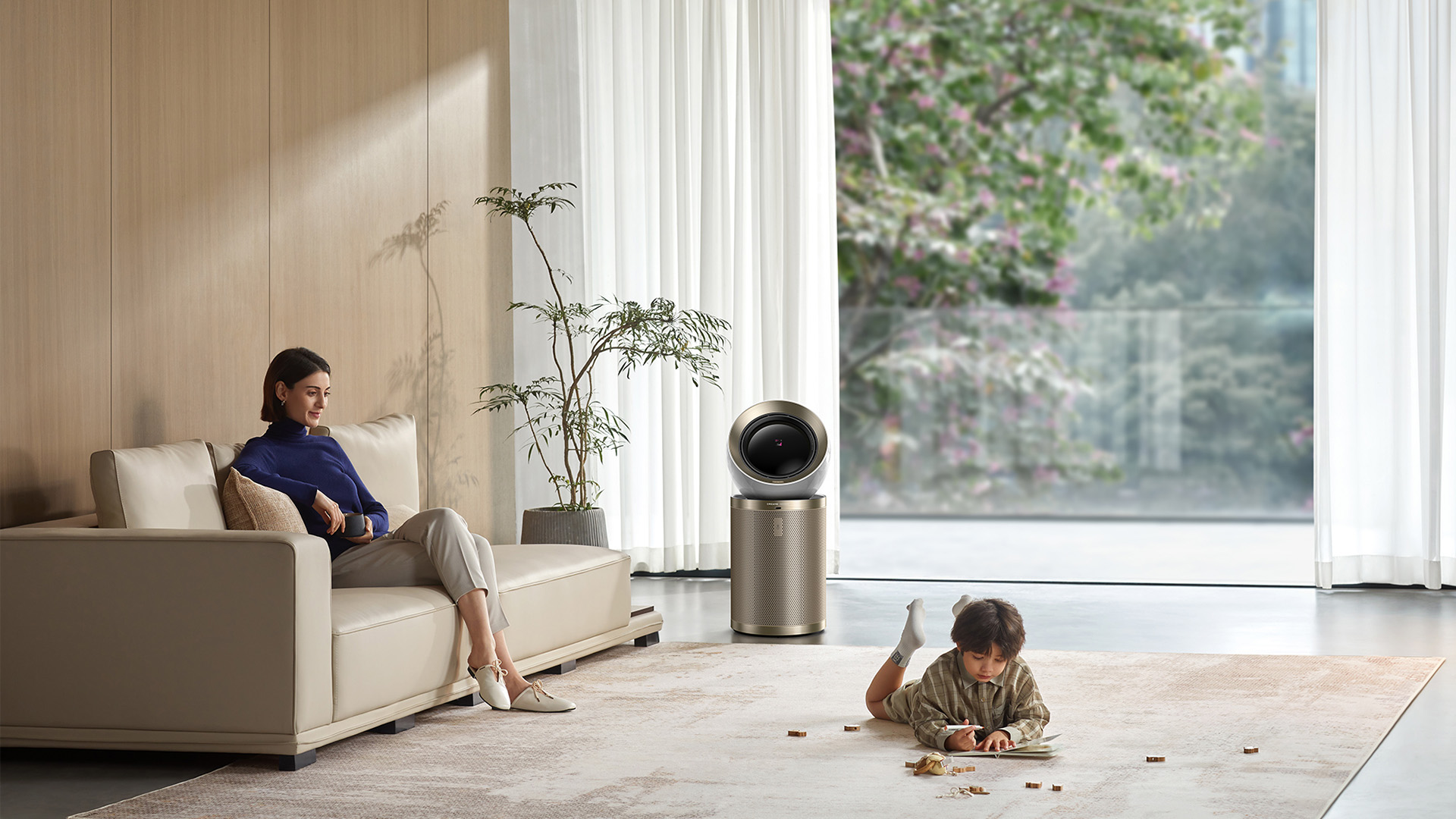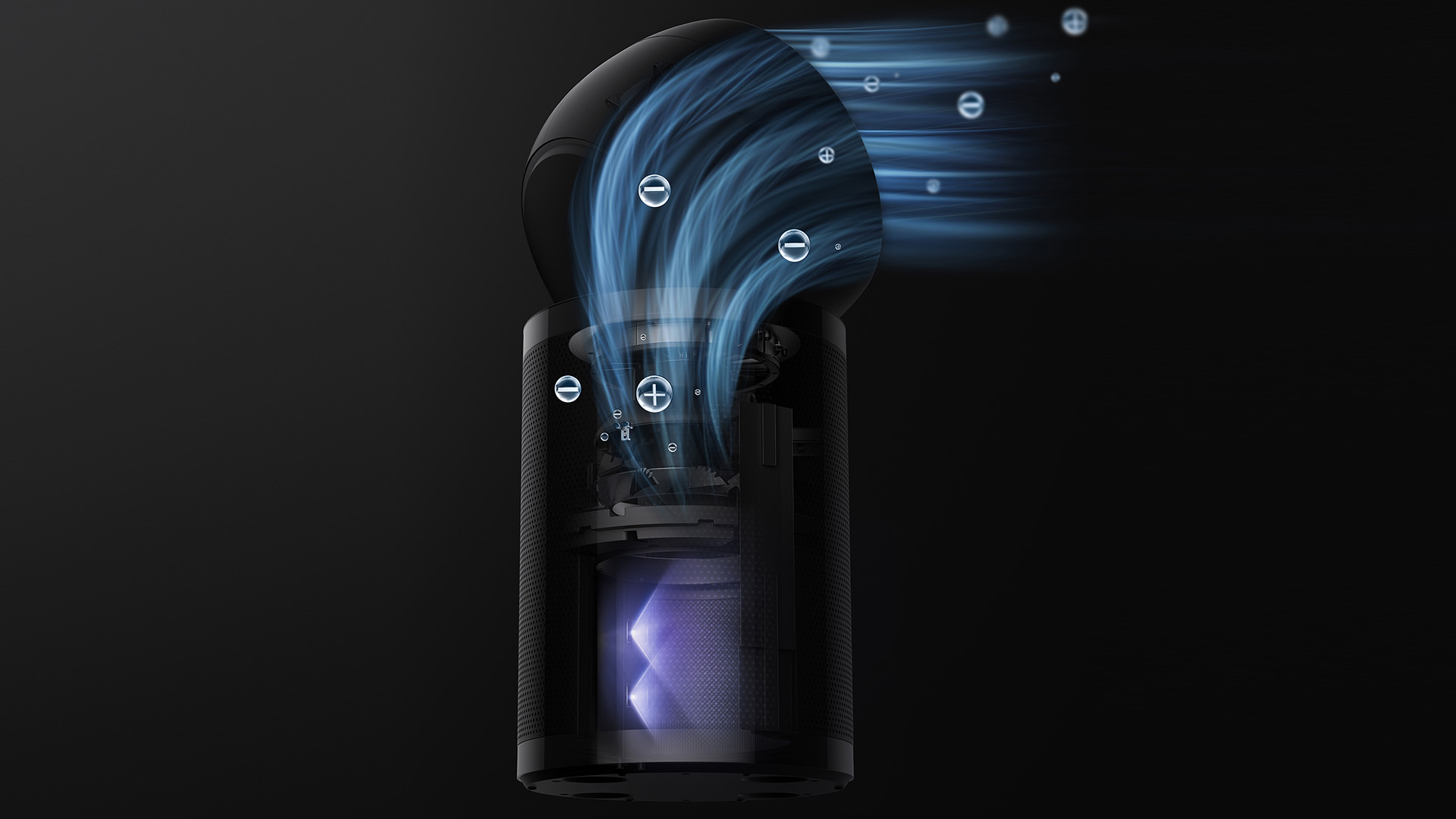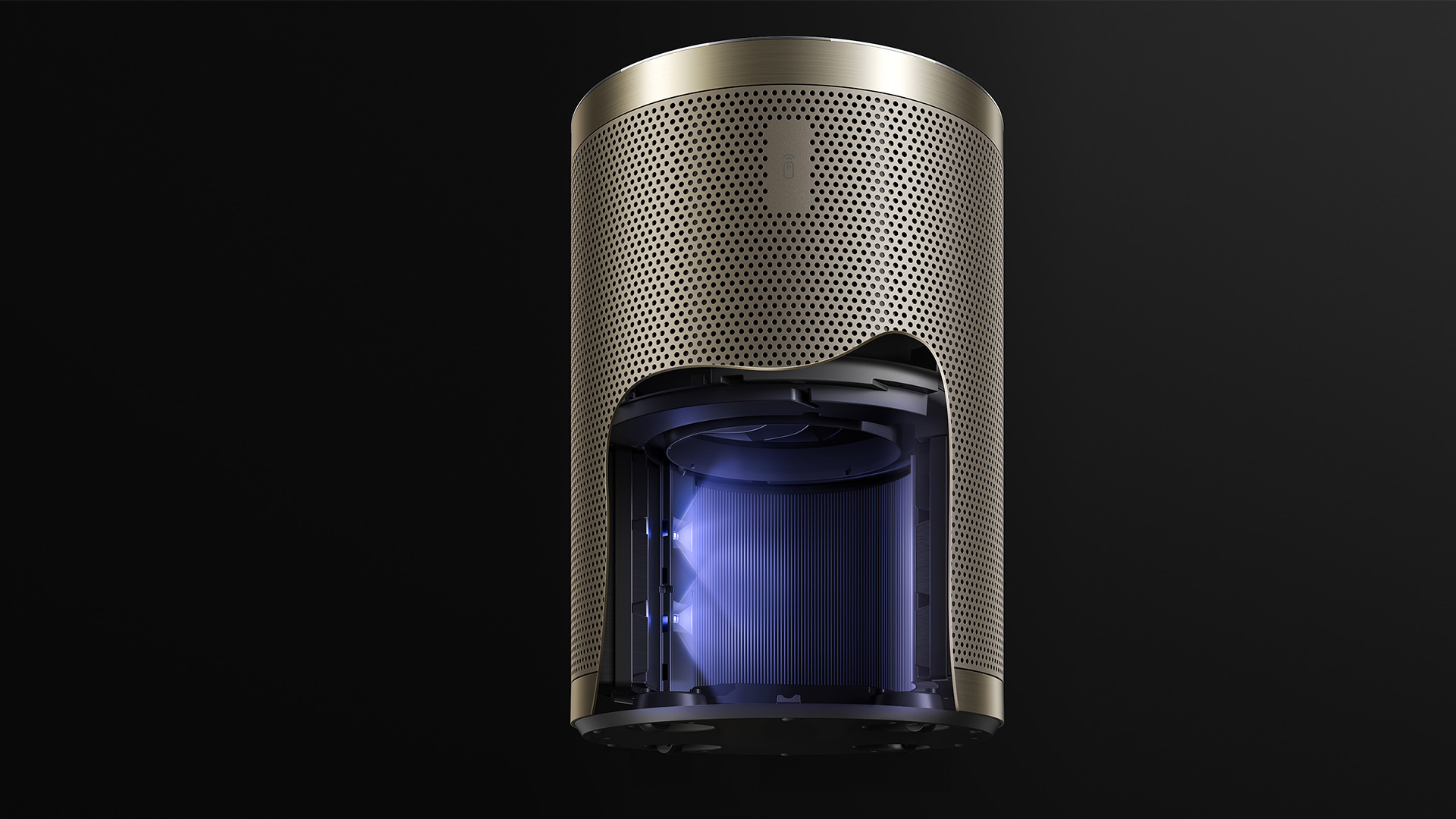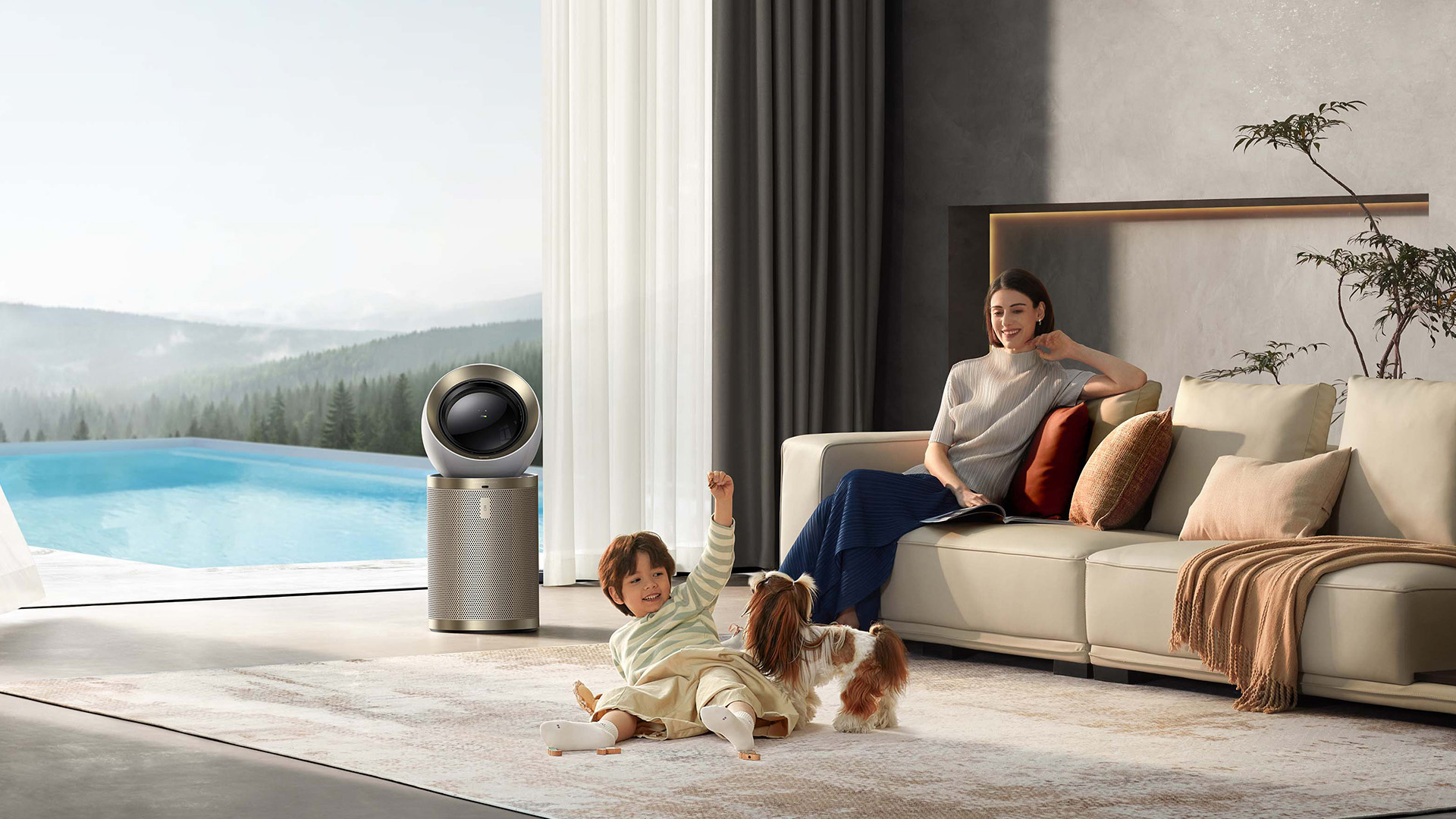
Ever walk into your house and feel like the air is heavy? Or maybe your allergies get worse indoors? That could be bad air. We don’t always notice it, but dust, pet hair, and smoke float around inside. Breathing that way every day can make you feel tired or sick.
This is where air purifiers help. They clean the air inside your home. More people are buying them now. That’s because of allergies, city pollution, and health worries. Air purifiers are easy to use. They make the air cleaner by removing pollutants from the air! That’s what an air purifier does.
In this blog, we’ll explain what air purifiers are and how they work. You’ll learn everything in a simple way.
What Are Air Purifiers?
Air purifiers are machines that clean the air. They take in dirty air. Then, they filter or neutralize harmful particles and gases in the air, such as dust, allergens, pet dander/hair, smoke, and volatile organic compounds (VOCs).
The air we breathe matters because if it’s full of dust or smoke, it can make us cough or sneeze. Over time, dirty air can also make us feel tired. Air purifiers help with that as they don’t take up much space. Most air purifiers are small and can easily fit in bedrooms or living rooms.
So, if your air feels stuffy or someone in your home keeps sneezing, an air purifier might help.
How Do Air Purifiers Work?
Air purifiers operate to improve indoor air quality by removing harmful particles and contaminants from the air you breathe. So, how do they do it? Basically, air purifiers draw in air, treat it with proprietary technology, and release cleaner air back into the environment. Let’s break down the primary technologies involved.
Most air purifiers use a fan that pulls air through one or more filtration systems or filters. The HEPA filter (High-Efficiency Particulate Air) is the most common technology, capturing 99.97% of particles as small as 0.3 microns, including dust, pollen, pet dander, and mold spores. These filters trap contaminants in a thick web, and they cannot circulate back into your space.

Another important technology is activated carbon filters. They are great at removing odors, smoke, and volatile organic compounds (VOCs) from products like paint and household cleaners. Some purifiers use UV-C light to kill microorganisms, such as bacteria and viruses. The ultraviolet light disrupts their DNA, making them ineffective. While UV-C is useful for sterilization, it is usually paired with filters for overall cleaning. In addition, ionizers release negatively charged ions. These ions attach to airborne particles, making them clump together so they either fall out of the air or get filtered out. However, ionizers do produce small amounts of ozone, which is why they are less common than before.
A premium purifier, like the Dreame AirPursue PM20 can even combine these technologies for maximum effectiveness. This purifier, for example, uses a 4-layer filtration system: a pre-filter to trap large dust and debris, a high-efficiency composite (HEPA) filter to capture tiny allergens, a carbon layer to absorb odors, and a catalytic filter to break down harmful gases, all secured in a magnetic housing for easy maintenance.
The process is simple but efficient: dirty air in, clean air out. It depends on factors such as the purifier’s Clean Air Delivery Rate (CADR), room size, and maintenance, including filter replacement every 6-12 months. Having an idea of the fundamentals of how air purifiers operate, you can then choose one that meets your needs, whether for allergy control, odors, or urban air pollution.

Types of Air Purifiers
Air purifiers come in various types, each designed to meet different needs, fit different spaces, and address specific air quality issues. Here’s a breakdown of the most common types of air purifiers:
- • Portable Room Purifiers: These compact units are perfect for single rooms, such as bedrooms, nurseries, or home offices. They typically use HEPA or activated carbon filters to remove allergens, dust, and odors.
- • Whole-House Purifiers: These purifiers are integrated with HVAC systems, allowing them to clean the air throughout an entire home. They are powerful and often utilize advanced filtration methods like HEPA filters or UV-C light to tackle pollutants in multiple rooms. While they are highly effective, they require professional installation and tend to be pricier, making them ideal for larger homes or those with significant air quality concerns.
- • Medical-Grade Purifiers: These units are designed for hospitals or homes with severe allergy or asthma concerns. They use high-efficiency HEPA filters or UV-C technology to remove ultra-fine particles and pathogens. While more expensive, they provide superior purification for sensitive environments.
Many modern air purifiers incorporate smart technology for added convenience. Wi-Fi-enabled units connect to apps or voice assistants and feature air quality sensors that automatically adjust settings to optimize performance and energy use. This innovation suits tech-savvy users seeking seamless control and real-time air quality monitoring.
Dreame Take: Our air purifiers aim to combine innovative technology with user-friendly design, catering to the needs of modern households.
Benefits of Using an Air Purifier
Air purifiers have many benefits.

- • Allergy Relief: Air purifiers capture allergens like dust, pollen, and pet dander, reducing symptoms for allergy sufferers by up to 75%, which helps those with asthma and hay fever.
- • Odor Elimination: Activated carbon filters neutralize unpleasant odors from cooking, pets, and smoke, keeping your home fresh without artificial deodorizers.
- • Wildfire Smoke Protection: In wildfire-affected areas, HEPA and carbon filters in air purifiers remove harmful smoke particles and VOCs, safeguarding respiratory health.
- • Better Sleep: Cleaner air minimizes nighttime sneezing and coughing, promoting deeper, uninterrupted sleep, especially in bedrooms and nurseries.
- • Healthier Breathing: By removing dust, mold spores, and urban smog, air purifiers improve lung function, benefiting children, seniors, and those with respiratory issues.
Clean air is highly essential, especially if you reside in an urban locality with children. One positive aspect of air purifiers is that they contribute to enhancing your home’s health and comfort level. They surely do not only act as deodorizers for the air. They act as a benefit to your entire house.
What to Look for When Choosing an Air Purifier
Not all air purifiers are the same. Here’s what to check:
- Room Size and CADR: CADR means how fast the purifier cleans the air. Bigger rooms need higher CADR.
- Filter Type: HEPA filters are good for allergies. Carbon filters are good for smells.
- Noise Level: Quiet machines are better for bedrooms and study rooms.
- Smart Features: Want to use your phone to control it? Look for Wi-Fi or app features.
- Maintenance: Filters need changing. Some are cheap. Some are not. Check how often they need to be replaced and the associated cost.
Prefer something even more efficient and intelligent? Opt for the Dreame AirPursue PM20 purifier, which features a 4-layer filtration system and Dual Elimination Technology, ensuring that only clean air is released while preventing secondary contamination. It is capable of tackling a range of home air pollutants and eliminating nine types of bacteria and viruses. Meanwhile, even when set to its fastest mode, the purifier promises silent operation with no noise disturbance, whether during the day or night.
![]()
With an interactive LCD screen and the intuitive Dreame App, you can easily manage your air purifier. You can view the level and type of pollutants captured, set timers, and control the purifier with voice commands.
The Key Takeaway
Air purifiers are an excellent solution for improving indoor air quality. They help reduce allergens, odors, and pollutants that can impact your comfort and health. Utilizing technologies such as HEPA filters, activated carbon, and UV-C light, these devices effectively remove harmful particles, resulting in cleaner and healthier air. Whether you suffer from allergies or asthma or live in an area with urban pollution, an air purifier can help you breathe easier and sleep better.
When choosing an air purifier, it’s important to consider your specific needs, such as the size of the room, the type of filter, and features like smart voice commands or quiet operation. Models like the Dreame AirPursue PM20 provide excellent filtration and convenience, making them great options for modern homes. Investing in an air purifier is just one step toward a healthier home, allowing you and your family to breathe cleaner air every day.